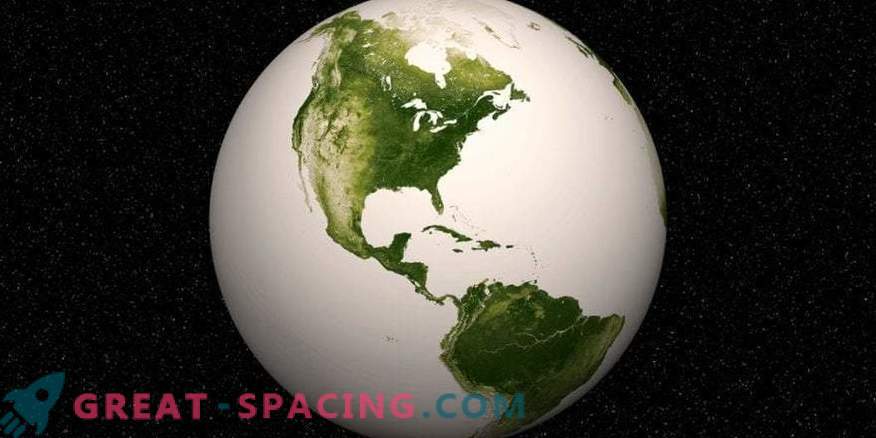
NASA and NOAA satellites are looking for vegetation on Earth from space to create images of plant propagation from April 2012 to April 2013
Plant growth has greatly influenced the transformation of the Earth from the water world to a planet on which humanity could flourish. And our house may not be the only planet where this process broke out.
Therefore, scientists have decided to explore their own vegetative history of the Earth in order to understand how to conduct a search for habitable exoplanets. The study was able to focus on the “red edge of vegetation” - a reflection of a relatively large number of near-infrared light. It turns out that the Earth is used as a key to the search for life in the Universe. A look at how life has changed the earth's biosignals over time, allows you to find out which planets will show the most powerful signs of life. The researchers looked at how the red edge of vegetation studied by a hypothetical newcomer would change as plants evolved and transformed. The first green plants, like mosses, produced an extremely weak signal. But after 400-500 million years, modern representatives of the flora create a signal twice as high. In addition, they feed other forms of life.
The analysis suggests that in the process of plant evolution, the signal demonstrating their presence has become stronger, which makes exoplanets interesting places to look for plants. Scientists believe that the signal will become even more noticeable if the Earth turns into a warmer and drier place, since cacti reflect an increased near-infrared light.











































